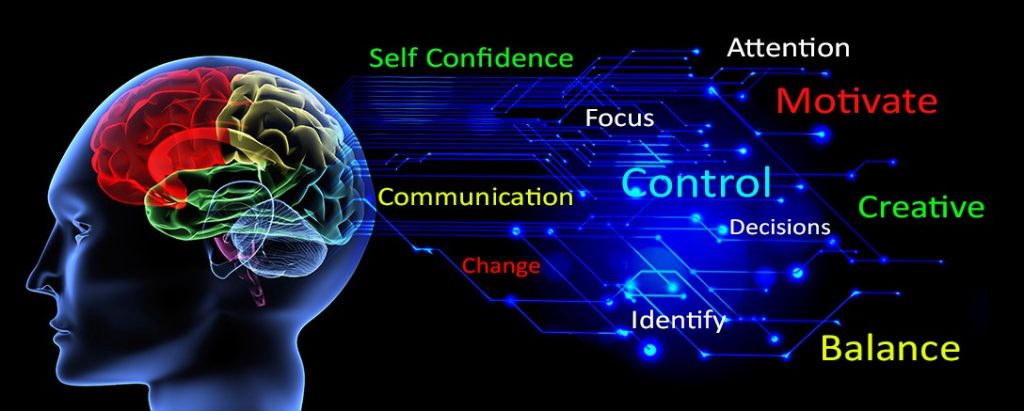
MindBridge NLP Coach Trainings will take you from novice to competency and give you powerful Coaching skills and NLP tools for positive influence in your current job – or ready you to build a coaching business from the ground up.
The importance of coaching skills for business professionals, individuals, parents – and pretty well all of us who interact with others is rapidly becoming clear. Many team leaders and managers now find it part of their job description. Using the full range of NLP Practitioner and Coaching opportunities brings immediate and measurable results.
What will You learn? What will You gain?
In this Professional Coach & NLP training you will discover the patterns that to lead to a deeper understanding of others and yourself. You will develop skills and techniques for building a bridge directly to the subconscious mind to access inner resources, change unwanted habits and help resolve inner conflicts quickly, within yourself and others. And learn how to establish and achieve goals while fine-tuning your perceptions.
Course Content
About Instructor


